

Planning a trip to Japan? Don’t miss its World Heritage Sites – places so special they’re protected by UNESCO.
From ancient temples to majestic castles and breathtaking natural scenery, these landmarks offer a deeper look into Japan’s rich culture and history.But what exactly is a UNESCO World Heritage Site, and why are they worth visiting? Let’s find out.
What Is a UNESCO World Heritage Site?
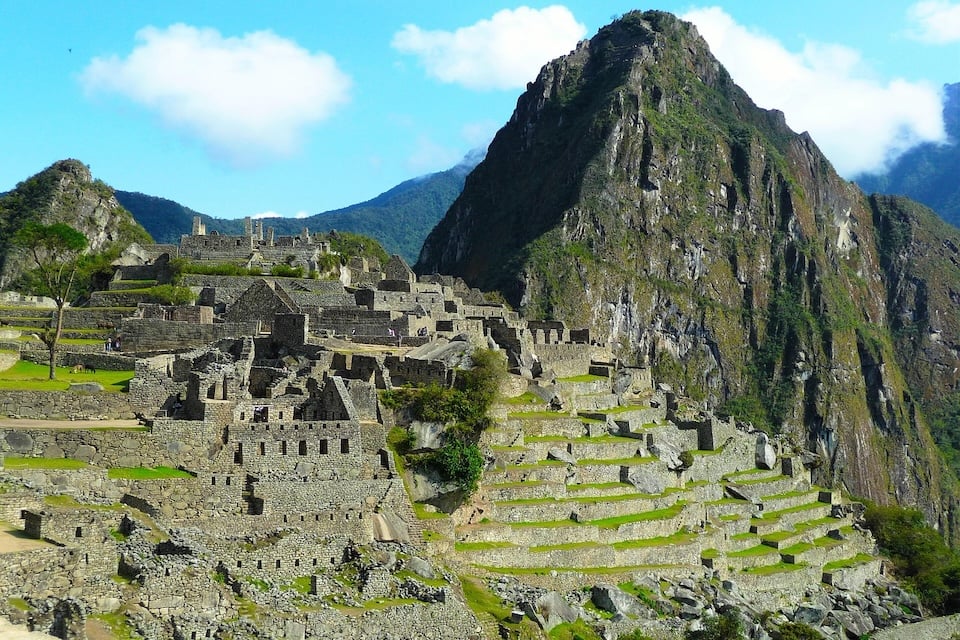
A UNESCO World Heritage Site is a place recognized by the United Nations for its exceptional cultural or natural value.These include historic landmarks, beautiful landscapes, and places with deep cultural meaning.
As of 2024, there are over 1,200 sites around the world, and Japan is home to many of them—from traditional shrines to scenic mountain ranges.Each site is considered a global treasure, protected so future generations can enjoy and learn from them.
Famous examples include the Great Wall of China, the Pyramids of Giza, and the Taj Mahal.
In Japan, too, you’ll find unforgettable sites waiting to be explored.
How Does UNESCO Designate a World Heritage Site?
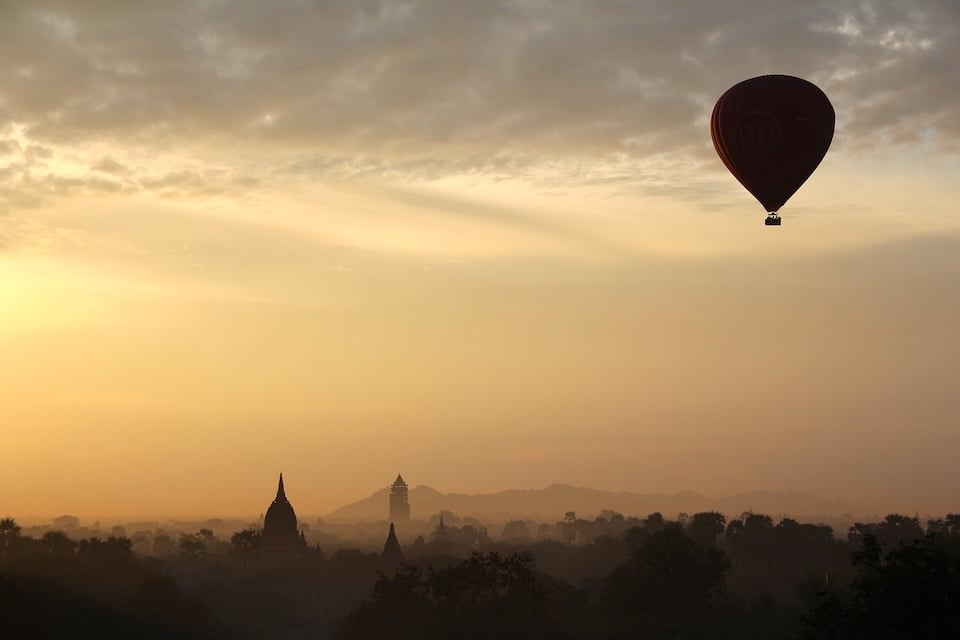
UNESCO’s World Heritage Committee follows a detailed process to add new sites.
Countries first nominate locations, which are then reviewed by experts to see if they meet at least one of ten selection criteria.These range from cultural importance—like showcasing human creativity or history—to natural value, such as rare ecosystems or breathtaking landscapes.
To be chosen, a site must have Outstanding Universal Value (OUV), meaning it’s important to all humanity.If the site meets the criteria and has proper protection plans, the 21-member committee votes on its inclusion.Recognition not only brings global attention but also responsibility: countries must actively preserve these treasures for future generations.
Top 3 UNESCO World Heritage Sites Around the World
UNESCO’s list spans over 160 countries, highlighting the diversity of our planet’s heritage. Here are three iconic World Heritage Sites globally.
Egypt – Great Pyramids of Giza
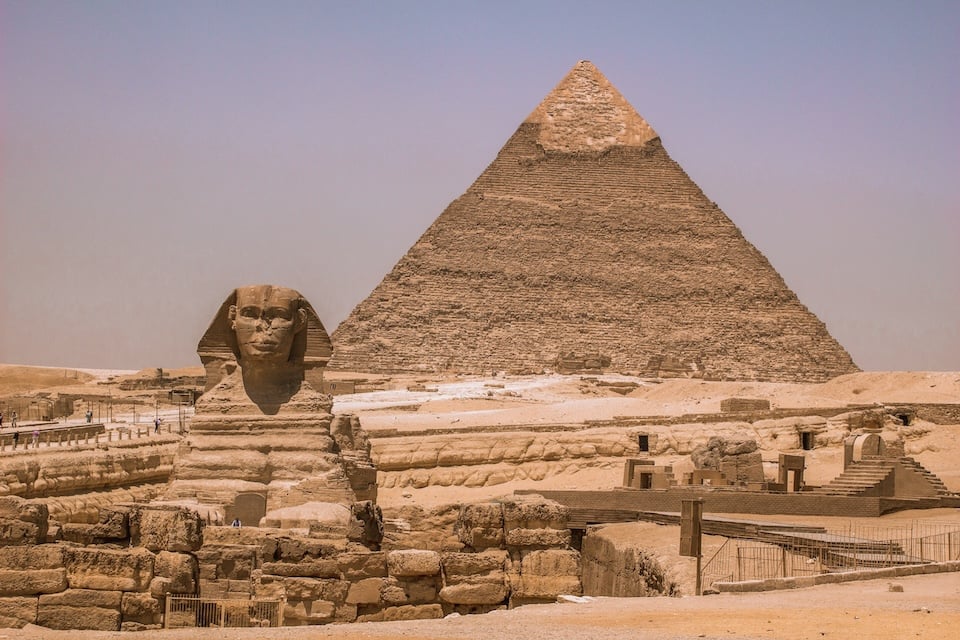
These ancient pyramids on the Giza plateau, built around 4,500 years ago, are the last remaining Wonder of the Ancient World.
They were among the first sites inscribed by UNESCO in 1979.The Pyramids and the Sphinx stand as engineering marvels and symbolize Egypt’s rich pharaonic history, reflecting extraordinary architectural achievement.
China – Great Wall of China
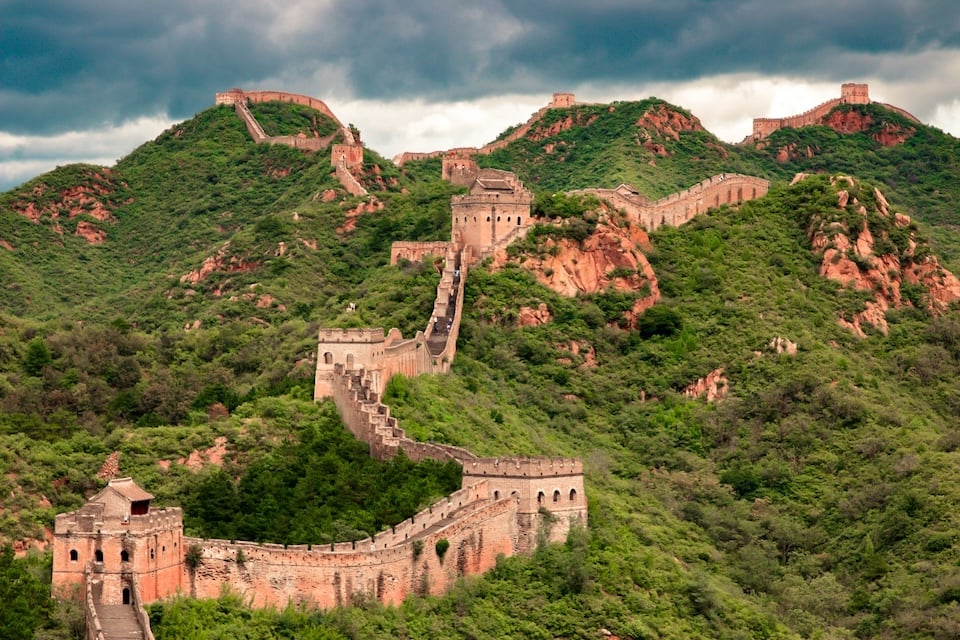
Stretching over 13,000 miles across northern China, the Great Wall is the world’s longest fortification.
Built between the 3rd century BC and the 17th century AD to protect Chinese states, it earned UNESCO status in 1987.
The Great Wall’s colossal scale and historical significance as a defense system make it one of the most famous structures on Earth.
India – Taj Mahal
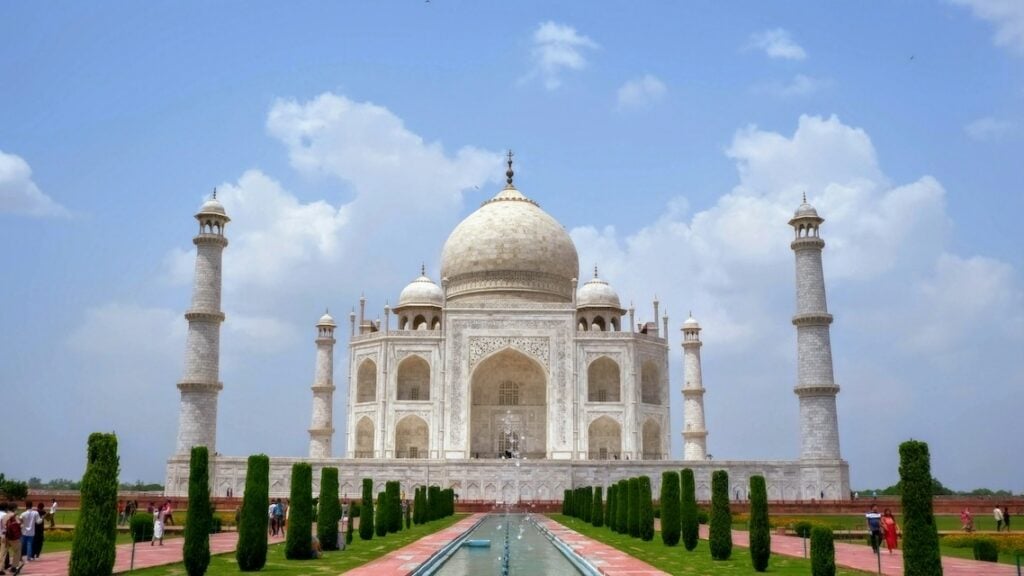
A masterpiece of Mughal architecture in Agra, India, the Taj Mahal is a white marble mausoleum built in the 17th century by Emperor Shah Jahan in memory of his wife.It was designated a World Heritage Site in 1983.
Renowned for its stunning artistry and romantic history, the Taj Mahal is an enduring symbol of love and a pinnacle of Indo-Islamic architecture.
Each of these sites exemplifies the spirit of UNESCO’s mission – they are unique treasures of cultural heritage that inspire people worldwide.
UNESCO recognition helps protect them and promotes international cooperation so that these wonders remain intact for future generations to learn from and enjoy.
Japan’s Most Famous UNESCO World Heritage Site
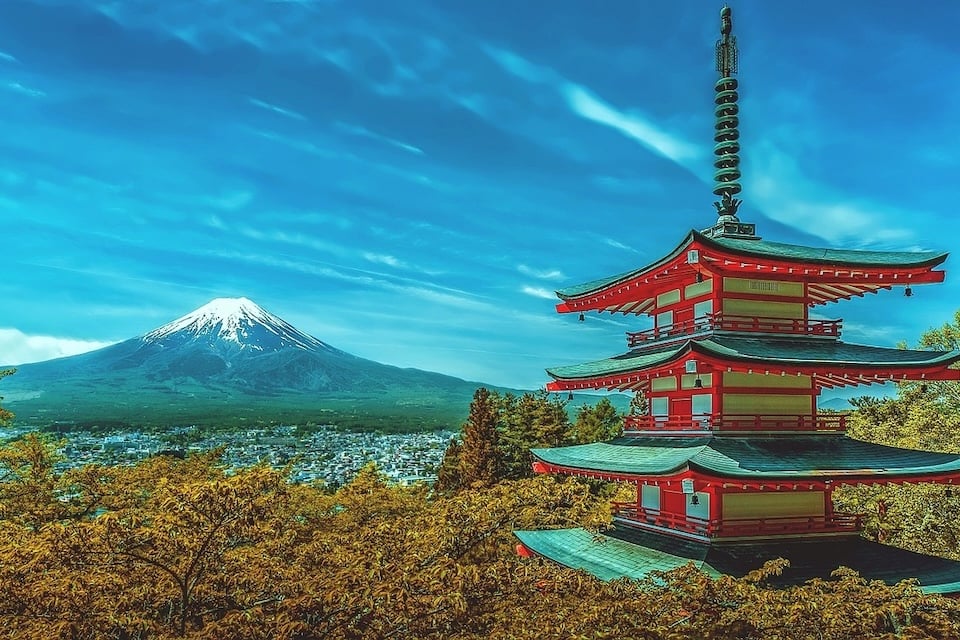
Japan ratified the World Heritage Convention in 1992 and saw its first sites inscribed the following year.
Today, Japan boasts 26 UNESCO World Heritage Sites (21 cultural and 5 natural) as of 2024.
These sites showcase the breadth of Japanese history, art, architecture, and natural beauty – from ancient Buddhist temples and Shinto shrines to castles, historic villages, and primeval forests.
Below we highlight Japan’s most famous World Heritage Sites. Each example answers common questions travelers have, such as whether a well-known landmark is UNESCO-listed (for instance, yes – Mount Fuji and the monuments of Kyoto are on the list), and provides context for planning visits.
We’ll also mention practical information like locations, visiting hours, and admission fees (in tables) for those inspired to see these sites in person.
By exploring these heritage sites, you can trace Japan’s cultural evolution and appreciate why UNESCO recognizes them as irreplaceable parts of world heritage.
#1 Himeji Castle: Japan’s Iconic White Heron
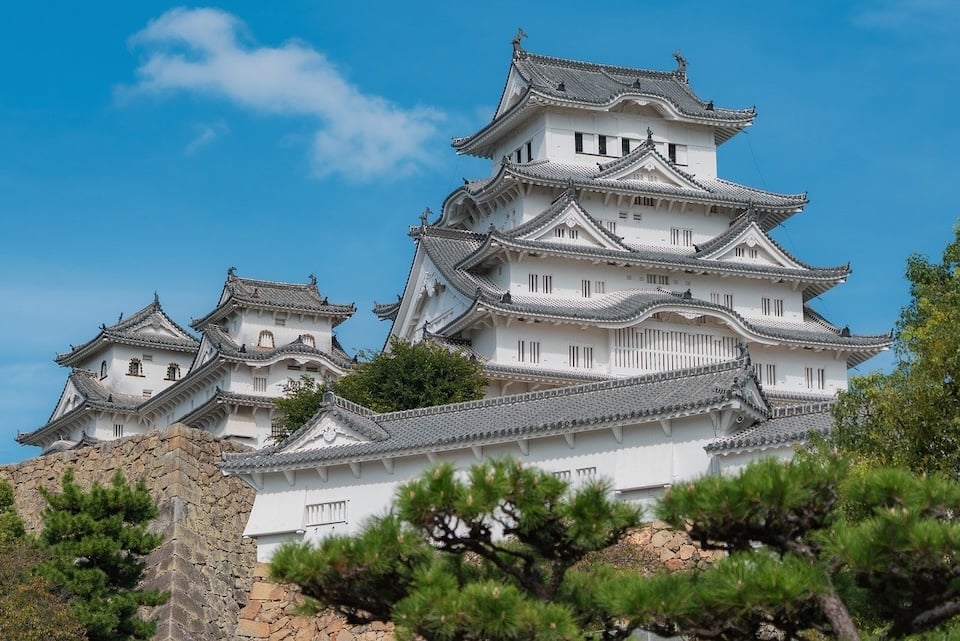
Nicknamed the “White Heron Castle” (Shirasagi-jō) for its graceful white appearance, Himeji Castle is Japan’s most celebrated and best-preserved feudal castle.
Located in Hyōgo Prefecture, it was one of Japan’s first UNESCO World Heritage Sites, designated in 1993.
A Castle with Centuries of History
Originally built in 1333 and expanded in the early 1600s, Himeji Castle has stood strong through centuries of conflict and natural disasters.
It even survived World War II air raids and major earthquakes with minimal damage—a testament to its resilience and design.
A Masterpiece of Samurai-Era Architecture
UNESCO recognized Himeji Castle for its exceptional example of Japanese castle architecture.
The complex features:
- A towering six-story main keep
- 83 wooden structures
- Cleverly designed maze-like paths and stone walls to confuse enemies
Visitors can explore the interior and enjoy sweeping views of the city from the top.
Beautifully Preserved for Modern Visitors
Himeji Castle’s striking white walls were restored in 2015, keeping the structure in pristine condition.
Once in danger of demolition in the 1800s, the castle was preserved due to its cultural value.
Today, it welcomes thousands of visitors daily and offers a vivid window into Japan’s samurai past.
Visitor Information
| Location | Himeji City, Hyōgo Prefecture (Kansai region) |
| Official Name | Himeji-jō (姫路城) – “Castle of Himeji” (“White Heron Castle”) |
| Year Inscribed | 1993 (Cultural Heritage) |
| Visiting Hours | 9:00–17:00 (entry until 16:00)Extended to 18:00 in summer (Jun–Aug) |
| Closed | December 29–30 |
| Admission | ¥1,000 (adults), ¥300 (children) |
#2 Historic Monuments of Ancient Kyoto and Nara
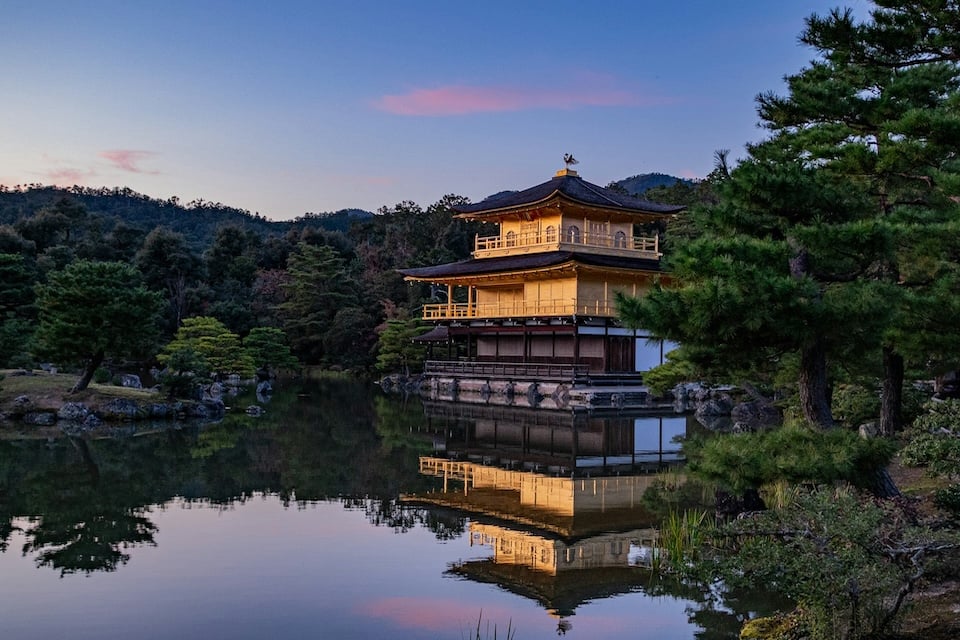
Kyoto and Nara are among Japan’s most culturally rich and spiritually meaningfulcities.
Both served as imperial capitals and remain home to beautifully preserved temples, shrines, gardens, and historical landmarks.
Recognized as UNESCO World Heritage Sites, these cities offer visitors the chance to experience the depth of Japanese heritage in places where tradition is still very much alive.
Kyoto – A City Where the Past Still Shines
For over a thousand years, Kyoto was the imperial capital of Japan, shaping its traditions and aesthetics.
The city is home to 17 UNESCO World Heritage Sites, including iconic landmarks such as Kiyomizu-dera, the gold-leaf-covered Kinkaku-ji (Golden Pavilion), and the peaceful rock garden of Ryōan-ji.
Important shrines like Shimogamo and Kamigamo, as well as Nijo Castle, once home to the shogun, are also part of this cultural tapestry.
Remarkably, Kyoto was spared from bombings during World War II—thanks to a conscious decision to protect its cultural assets.
As a result, many of its historic buildings remain standing in their original form, offering a rare chance to step directly into the world of classical Japan.
Kyoto’s Living Beauty
Kyoto isn’t just a place to observe history—it’s a place to feel it.
At Ginkaku-ji, the Silver Pavilion, you can stroll through a serene Zen garden where white gravel and moss create a meditative landscape.
At Fushimi Inari Shrine, thousands of vermillion torii gates stretch across the hillside, inviting quiet reflection with every step.
Perhaps most enchanting is Saihō-ji, the famous Moss Temple, where nature and architecture merge so seamlessly that time itself seems to slow.
In Kyoto, beauty is not static—it’s alive in every stone path, lantern, and temple corridor.
Nara – Where Japanese Spirituality Began
A short train ride south of Kyoto, Nara was Japan’s first permanent capital, established in the early 8th century.
Though smaller in scale, it holds immense cultural weight.
Sites like Tōdai-ji, home to the Great Buddha Hall, and historic temples such as Yakushi-ji and Tōshōdai-ji reflect the birth of Buddhism in Japan.
The sacred Kasuga Taisha Shrine, with its forested approach lined by stone lanterns, embodies the spiritual atmosphere that defines Nara.
Nearby, the Heijō Palace ruins speak to the beginnings of imperial government, while the Kasugayama Primeval Forest—untouched for centuries—remains a rare example of sacred nature preserved through time.
A Journey into the Soul of Japan
Though distinct in character, Kyoto and Nara are deeply connected by their shared role in shaping Japan’s spiritual and artistic identity.
Kyoto captivates with refined elegance and courtly culture; Nara touches the heart with simplicity and ancient reverence.
Only an hour apart by train, these cities are easily combined in one unforgettable trip.
Together, they offer a journey through Japan’s spiritual core—through mossy gardens, shrine gates, wooden halls, and sacred forests, where the spirit of tradition still breathes.
#3 Mount Fuji: Sacred and Inspiring

Japan’s most iconic mountain is more than just a scenic peak.
Mount Fuji is a spiritual symbol, a source of artistic inspiration, and a UNESCO Cultural Heritage Site.
Whether admired from afar or experienced up close, Fuji invites visitors to explore the deep cultural meaning behind its timeless beauty.
A Mountain of Spiritual and Cultural Significance
Rising to 12,389 feet (3,776 meters), Mount Fuji is Japan’s tallest mountain and was designated a UNESCO Cultural Heritage Site in 2013—not for its geology, but for its spiritual and cultural impact.
For centuries, Fuji has been a sacred site in both Shintō and Buddhist traditions.
Pilgrims have climbed its slopes as an act of purification, and today, shrines and torii gates still line the paths.
The mountain’s symmetrical shape has also made it a lasting symbol of harmony and beauty in Japanese culture.
Fuji in Art, Literature, and National Identity
Mount Fuji has inspired generations of artists, poets, and writers.
Perhaps the most famous tribute is Hokusai’s Thirty-Six Views of Mount Fuji, a woodblock print series that brought global attention to the mountain’s elegance.
Fuji appears in everything from traditional paintings and poetry to modern branding and media, representing not only natural beauty but also the heart of Japan’s cultural identity.
Ways to Experience Mount Fuji
During the official climbing season (July to early September), thousands of people ascend Fuji, many aiming to see the Goraikō—the breathtaking sunrise from the summit.
There are multiple climbing routes, offering different levels of difficulty and scenery.
If you prefer to enjoy Fuji from a distance, there are many spectacular viewing spots:
- Fuji Five Lakes (Fuji-goko) – perfect for lakeside reflections
- Hakone – a classic retreat with hot springs and mountain views
- Nearby onsen resorts – where you can soak in a bath with Fuji in the background
Whether you climb to the top or simply admire its silhouette from a quiet lakeshore, Mount Fuji offers a powerful blend of natural wonder and cultural depth.
Visitor Information: Mount Fuji
| Location | Yamanashi & Shizuoka Prefectures (approx. 60 miles from Tokyo) |
| Official Name | Fujisan, sacred place and source of artistic inspiration |
| Height | 12,389 ft (3,776 m) |
| UNESCO Status | 2013 (Cultural Heritage) |
| Climbing Season | Early July to early September |
| Best Viewing Areas | Fuji Five Lakes, Hakone, nearby onsen resorts |
3 Unique Ways to Experience Japan’s Living Traditions and UNESCO Sites
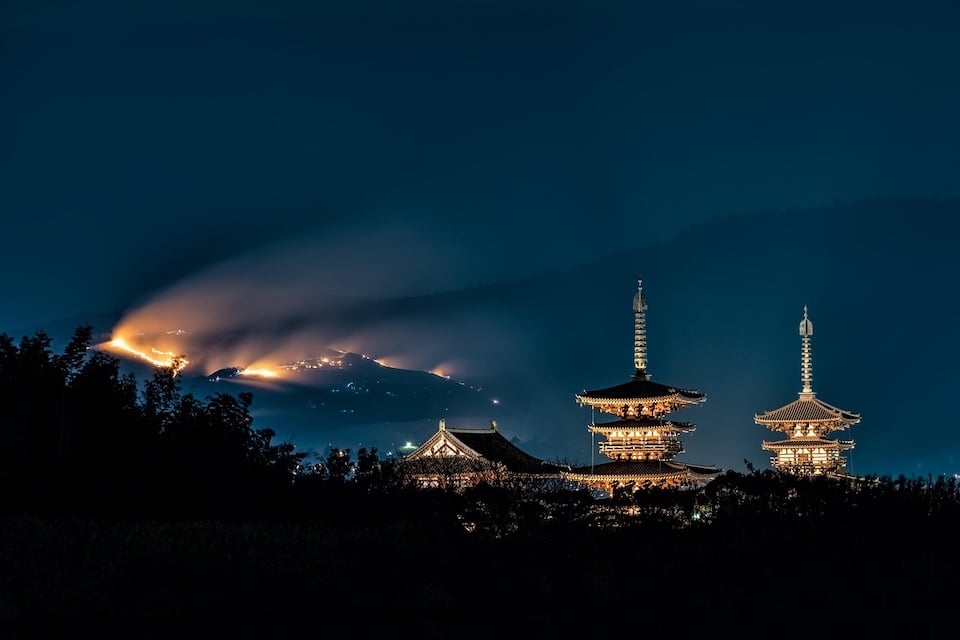
Discover Japan’s living heritage through three unique experiences curated by MOTENAS JAPAN.
Japan’s UNESCO World Heritage sites are more than historic landmarks—they are living expressions of culture, spirituality, and beauty.From Kyoto’s ancient temples to Nara’s sacred forests and the enduring power of Mount Fuji, each destination invites you to connect deeply with Japanese tradition.
MOTENAS JAPAN proudly presents these hand-picked cultural journeys, allowing you to explore Japan not just with your eyes, but with your heart and hands.


#1 Kyoto’s Hidden Spirit: A World Heritage Cultural Day Tour
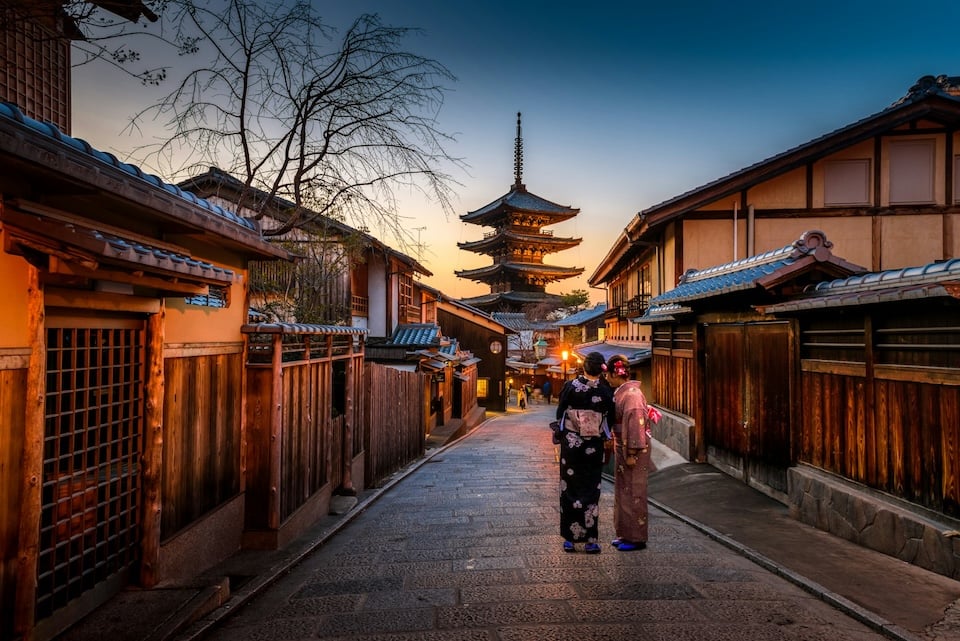
Looking for a unique Japan World Heritage tour that connects you with local culture?
This immersive experience in Kyoto blends iconic sites with authentic traditions.Start your day with a serene morning visit to Kiyomizu-dera, one of Kyoto’s most famous UNESCO World Heritage temples.Learn the art of the tea ceremony from a local master and enjoy handmade wagashi in a peaceful tatami room.
Next, explore the Zen gardens of Kōdai-ji Temple, guided by a cultural interpreter who reveals the meaning behind seasonal design, wabi-sabi, and sacred architecture.Finally, ride through the historic Higashiyama district by rickshaw and see a quieter, more personal side of Kyoto.
#2 Sacred Stillness in Nara: A Spiritual Heritage Tour
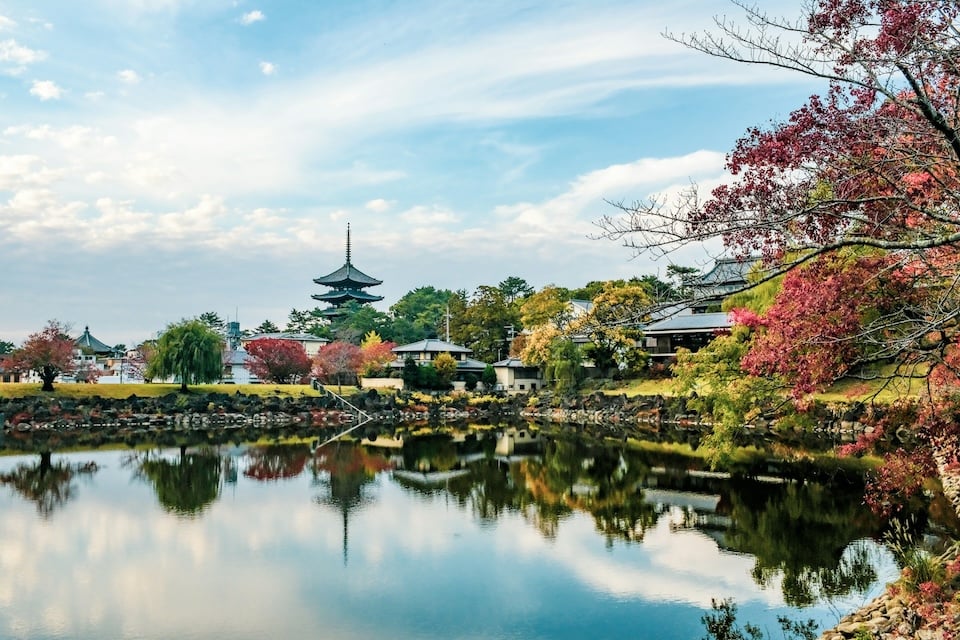
Step into the roots of Japanese spirituality with this Nara half-day cultural experience.
Visit Tōdai-ji Temple, home to the Great Buddha, and hear insights from a local monk about Buddhism and mindfulness.Then walk through the sacred Kasugayama Forest toward Kasuga Taisha Shrine, where stone lanterns and deer—believed to be divine messengers—await.
Finish your journey with a creative workshop in ==Japanese calligraphy or washi-paper art==, inspired by Nara’s poetic and religious legacy.Enjoy a tea break at a restored merchant house while soaking in the quiet charm of Japan’s first capital.
#3 Mount Fuji Moments: Nature, Spirit, and Tradition
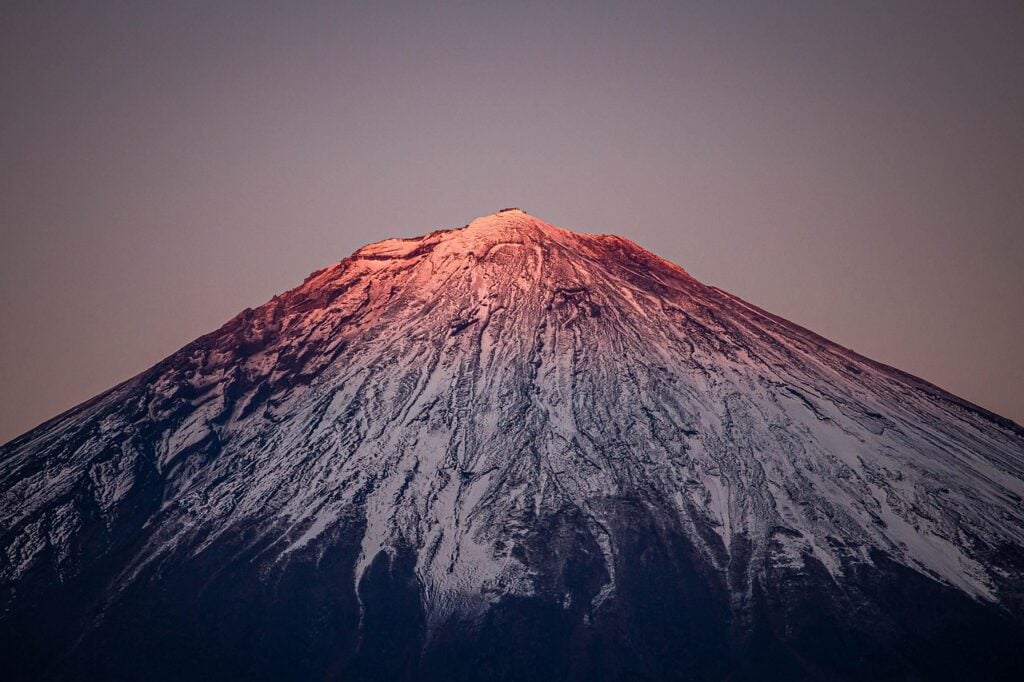
Most Mount Fuji tours focus on climbing. This one helps you understand the mountain’s soul.
Begin with a visit to Fujisan Hongū Sengen Shrine, where a Shintō priest shares the sacred meaning behind the mountain.Then enjoy a soft hike along a historical pilgrimage trail, learning how Mount Fuji shaped Japan’s art, religion, and culture.
In the afternoon, try your hand at a traditional ukiyo-e woodblock print workshop, using Mount Fuji as your subject.End the day in a lakeside onsen ryokan, where dinner and hot springs come with a view of the iconic peak.
Why Visiting Japan’s World Heritage Sites Is More Than Just Sightseeing
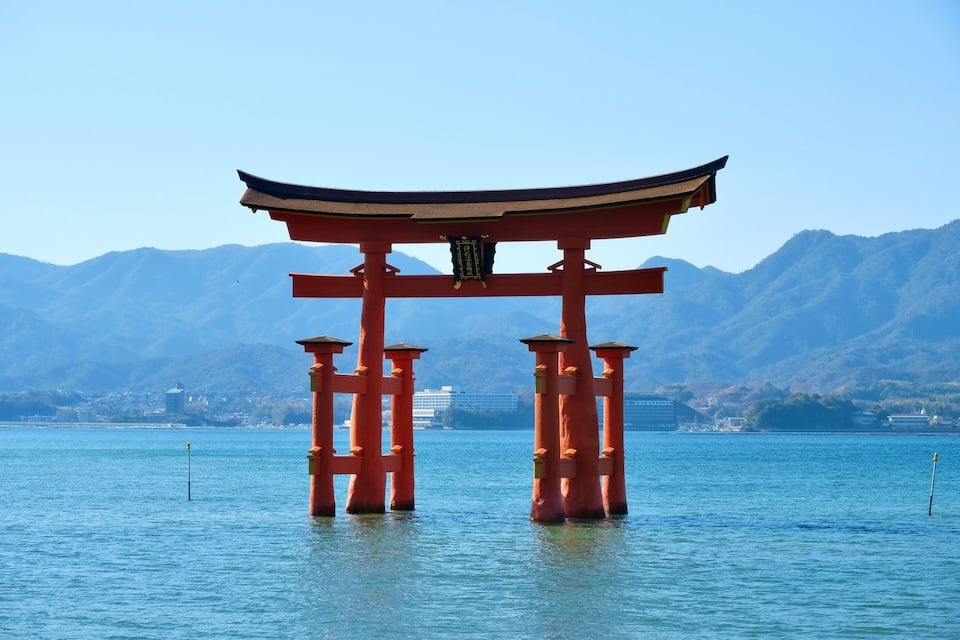
Japan’s UNESCO World Heritage Sites are not just beautiful locations—they are gateways to understanding the country’s history, beliefs, and way of life.From the quiet strength of Himeji Castle to the living spiritual traditions of Kyoto, Nara, and Mount Fuji, these places tell stories that go far beyond what guidebooks can capture.
Whether you’re exploring a centuries-old temple, walking through a sacred forest, or participating in a ==cultural experience curated by MOTENAS JAPAN==, each moment becomes a bridge to something deeper.
These journeys stay with you—not just as photos, but as lasting impressions of a culture that continues to honor its past while embracing the present.

旅をこよなく愛するWebライター。アジアを中心に16の国にお邪魔しました(今後も更新予定)。
ワーホリを機にニュージーランドに数年滞在。帰国後は日本の魅力にとりつかれ、各地のホテルで勤務。
日本滞在が、より豊かで思い出深いものになるように、旅好きならではの視点で心を込めてお届けします!


